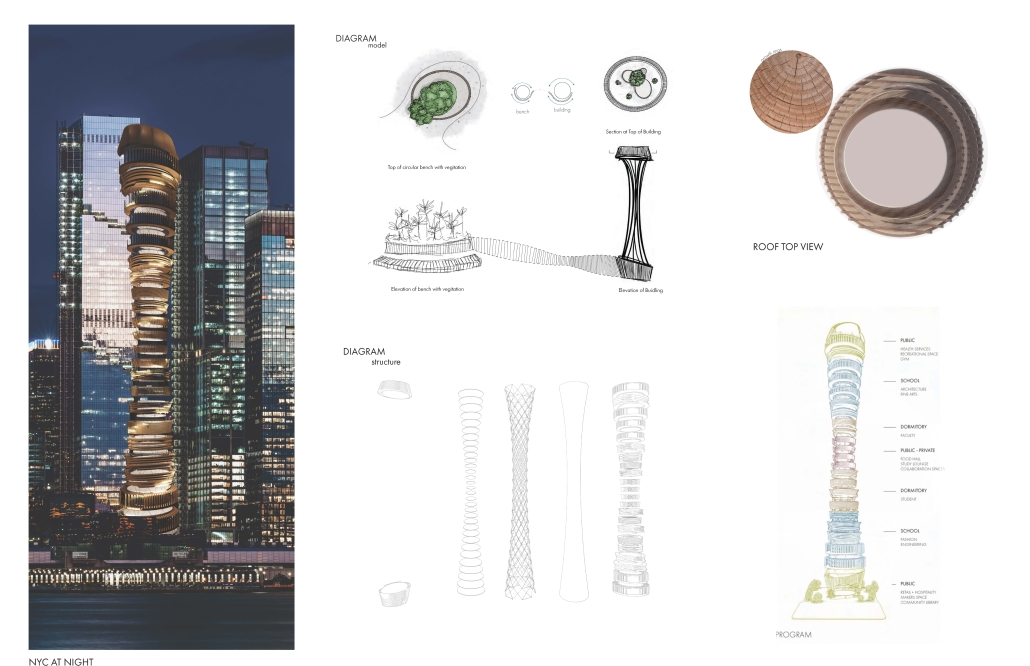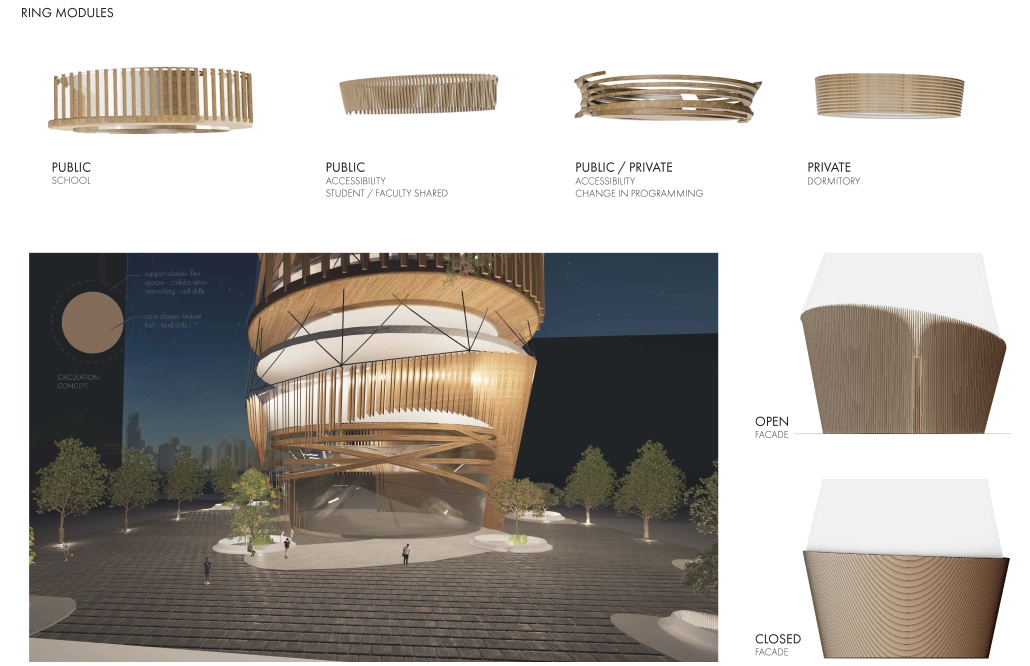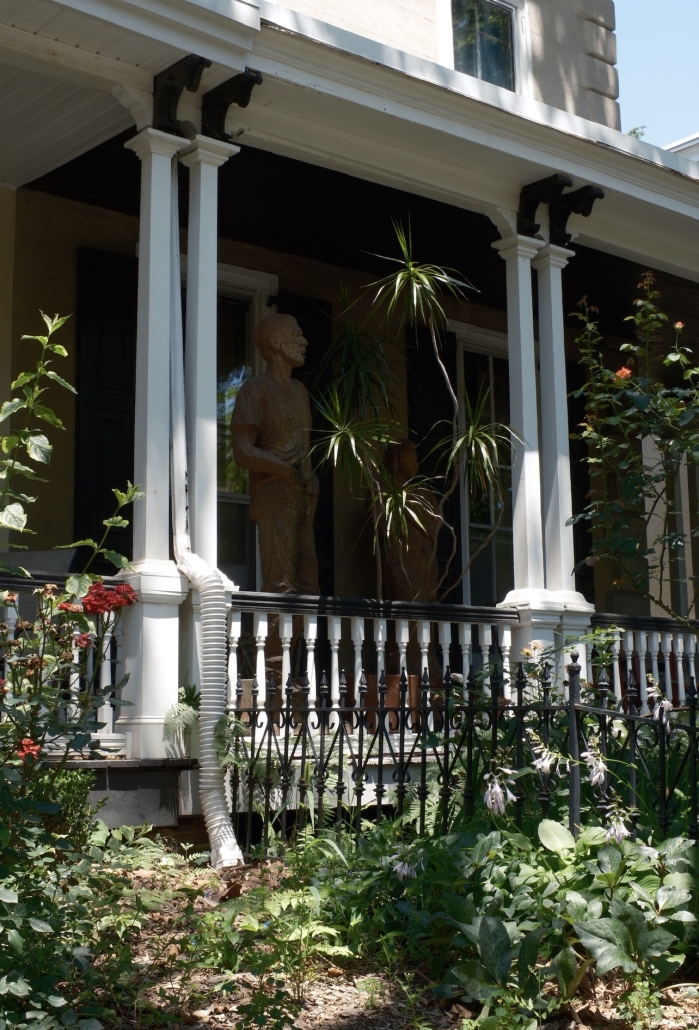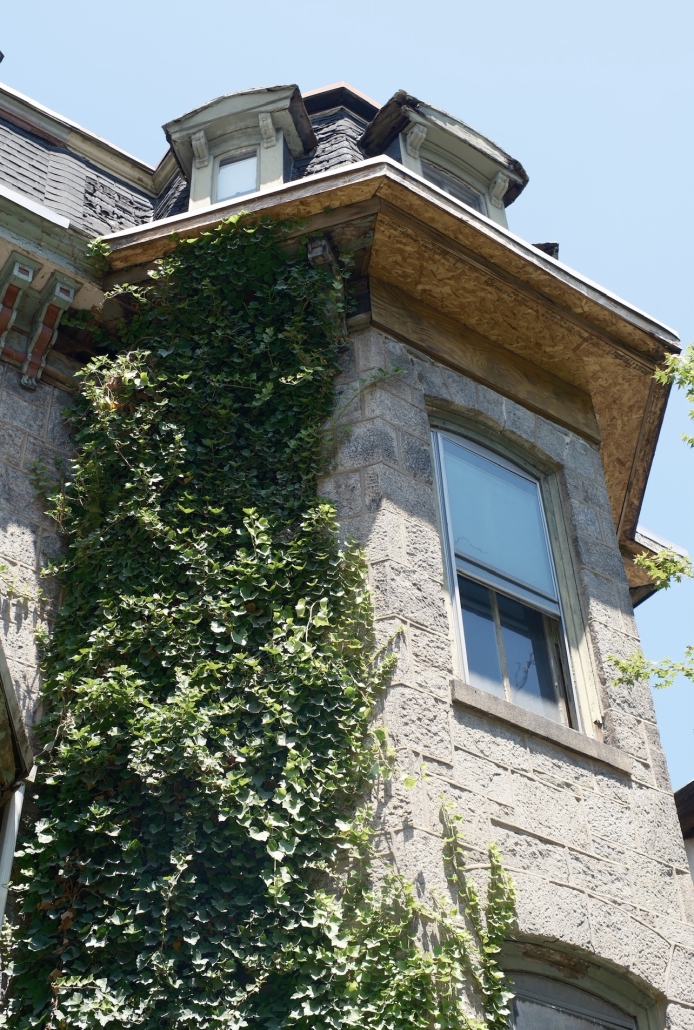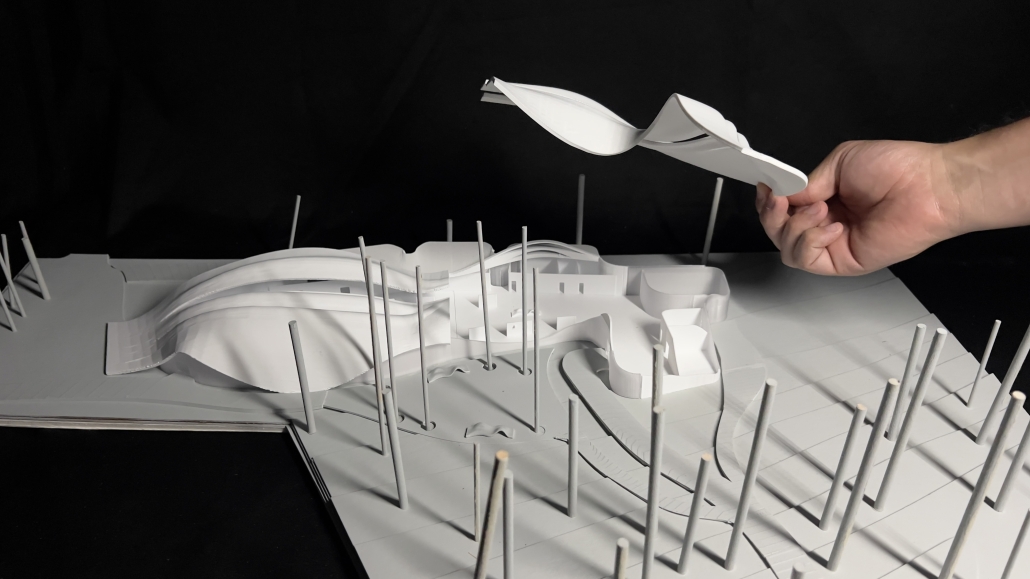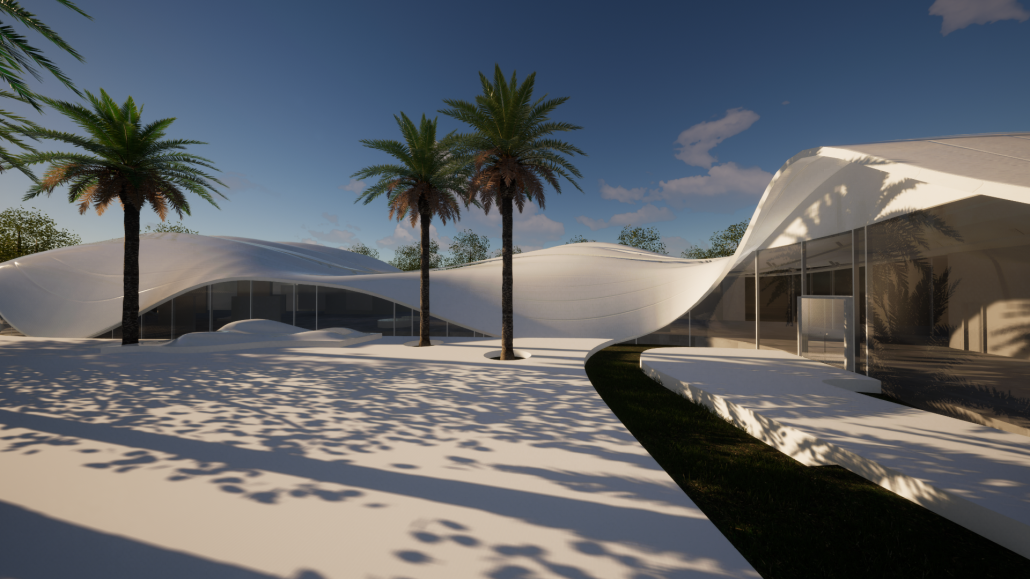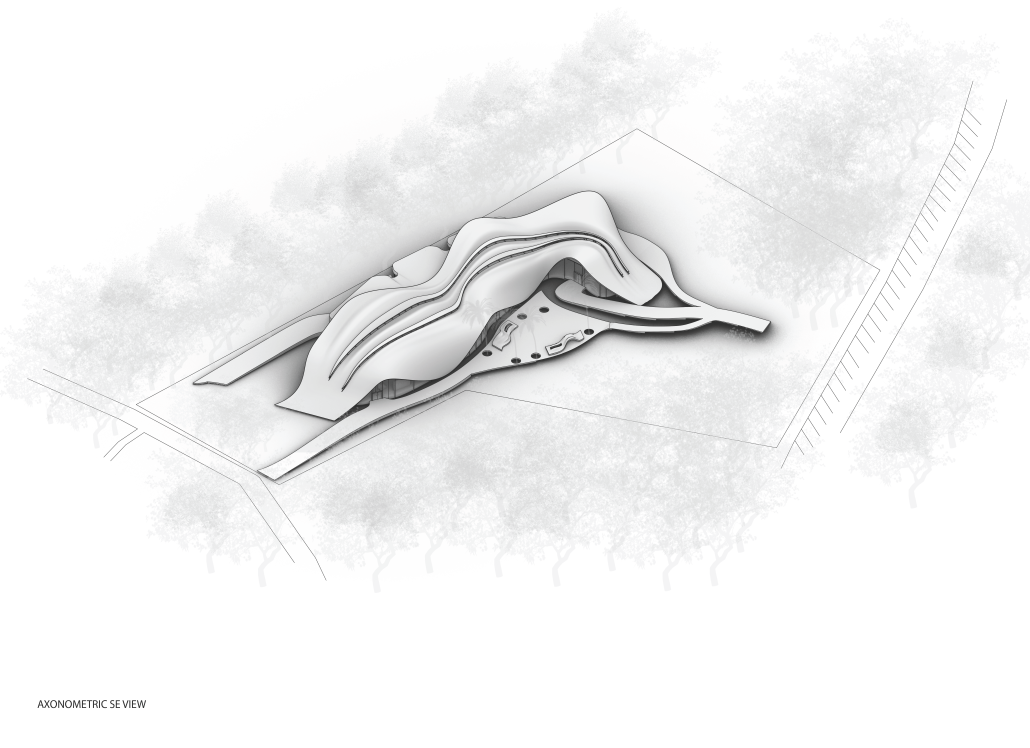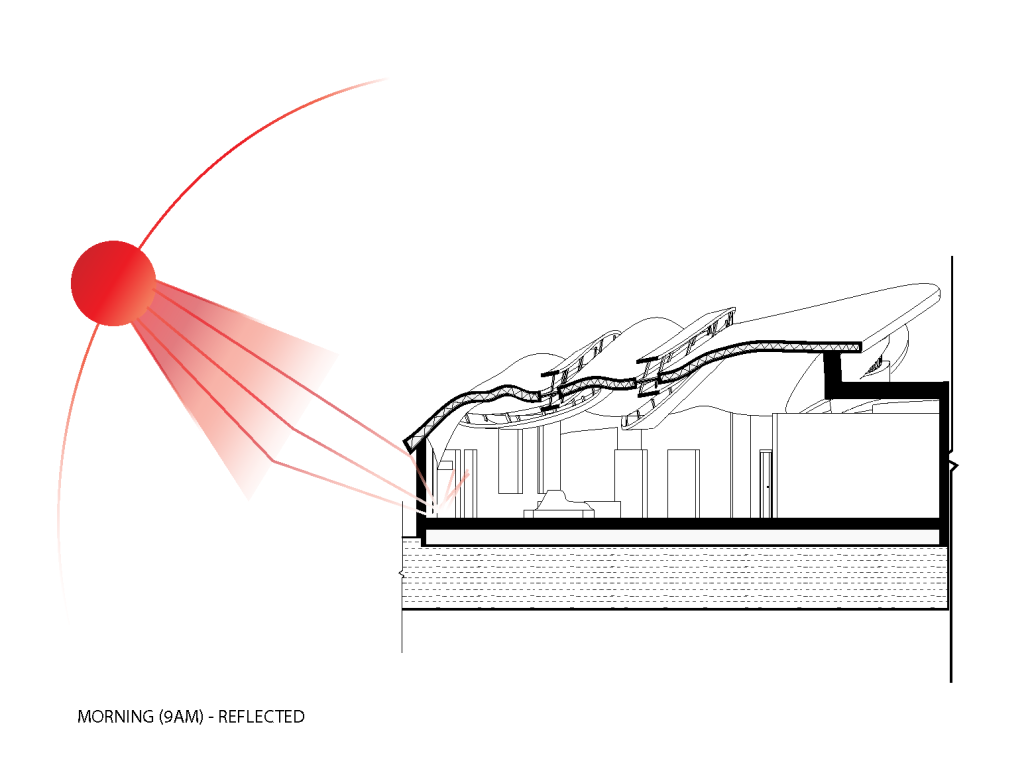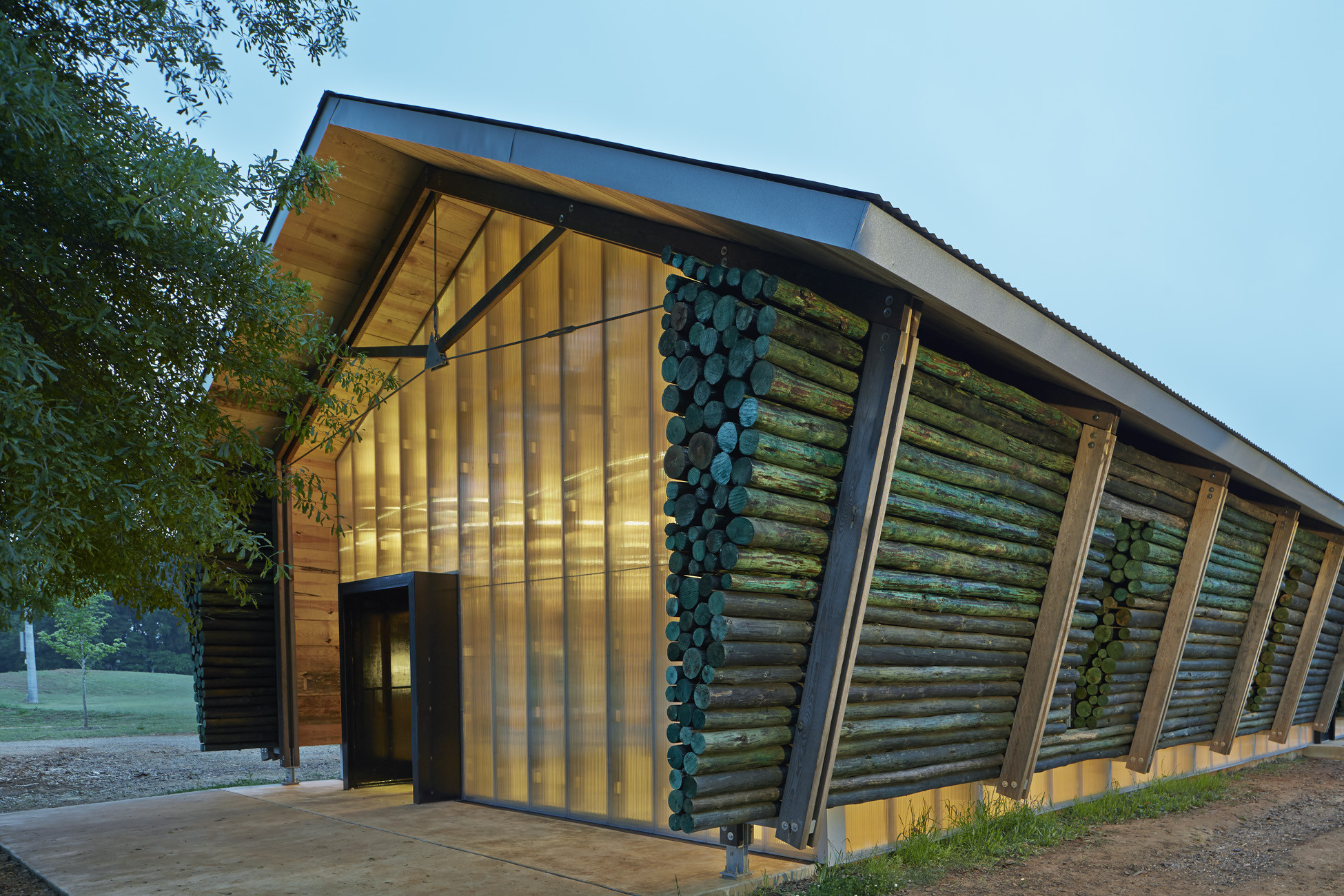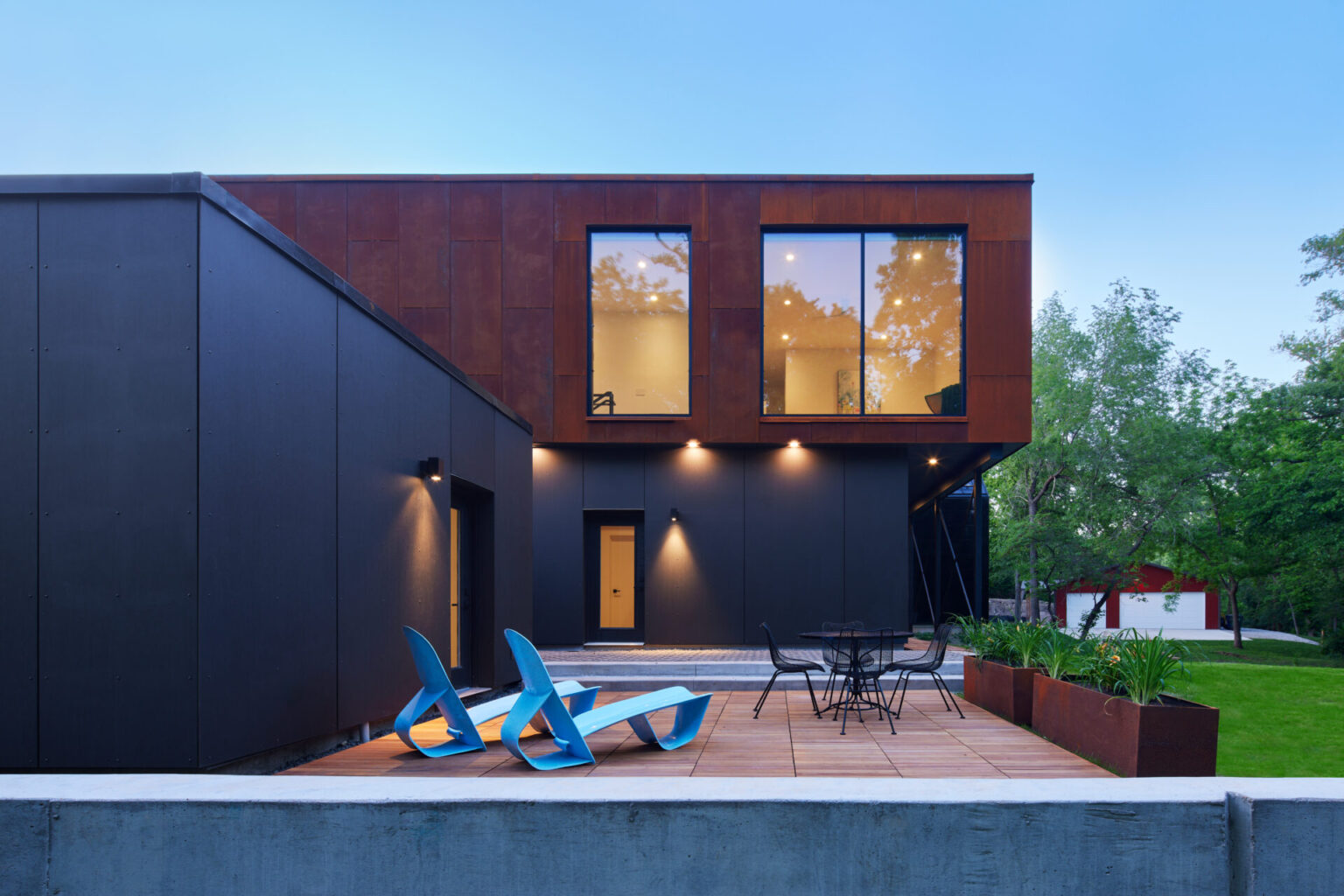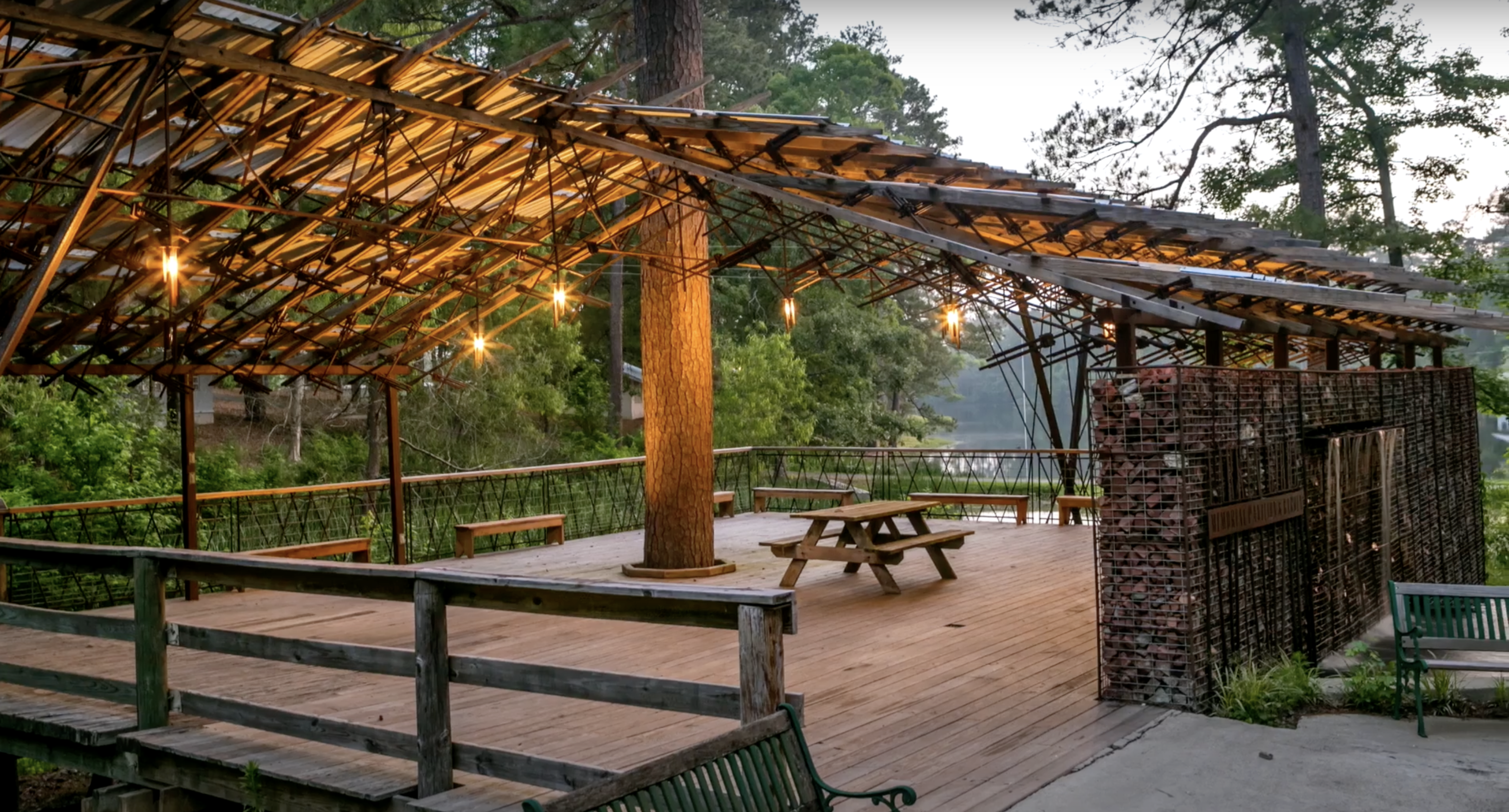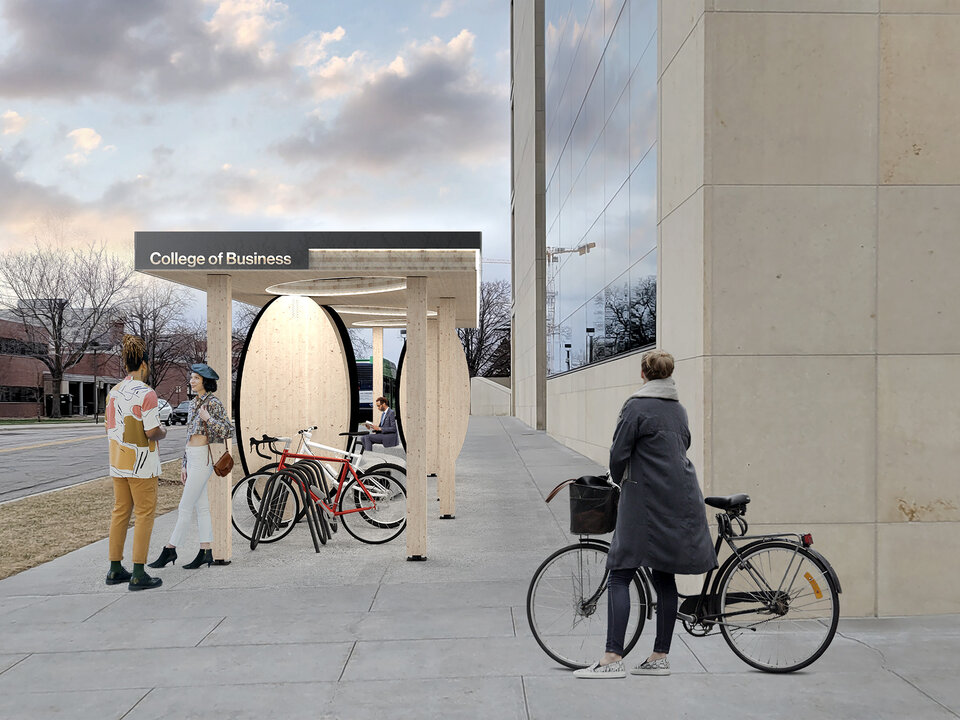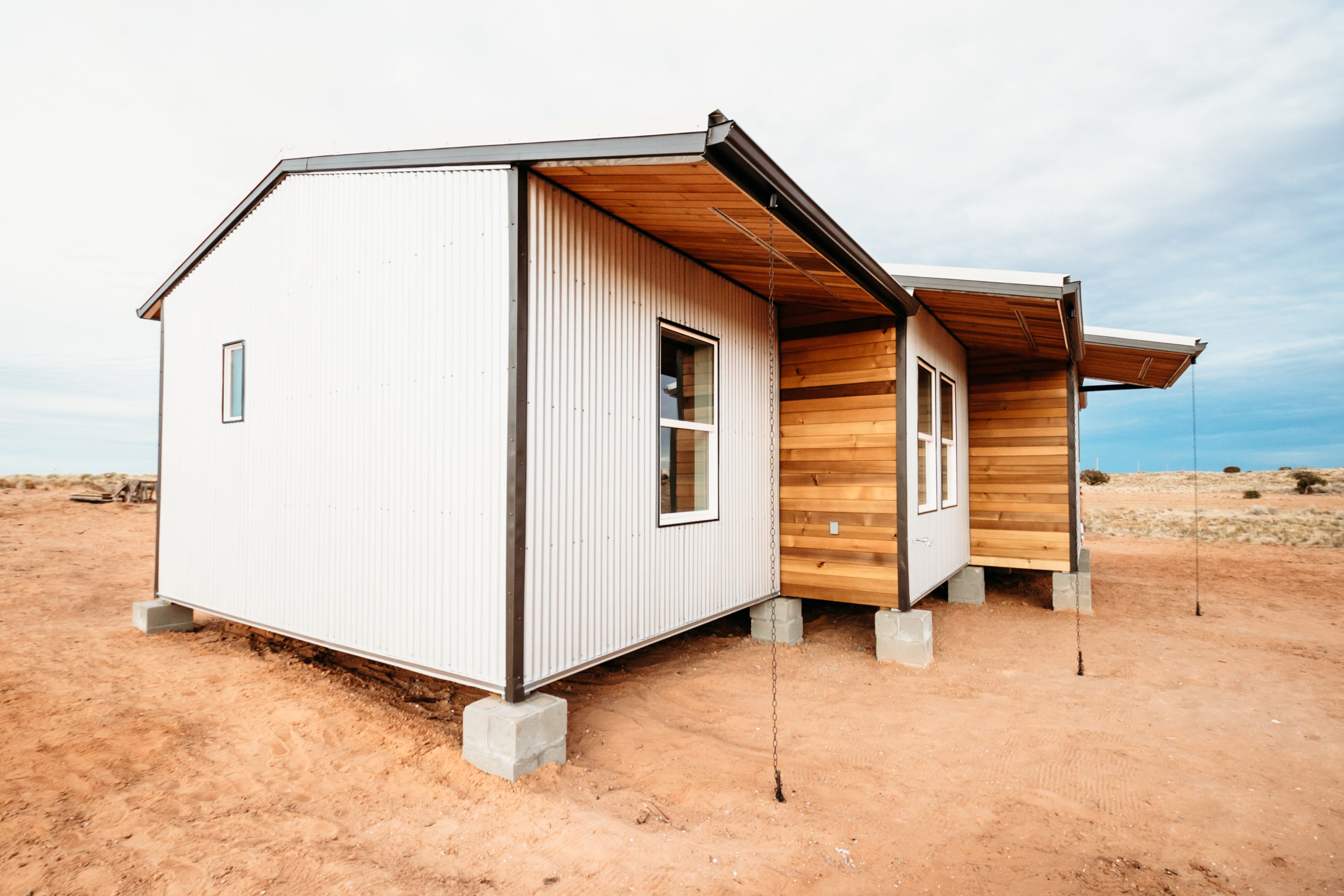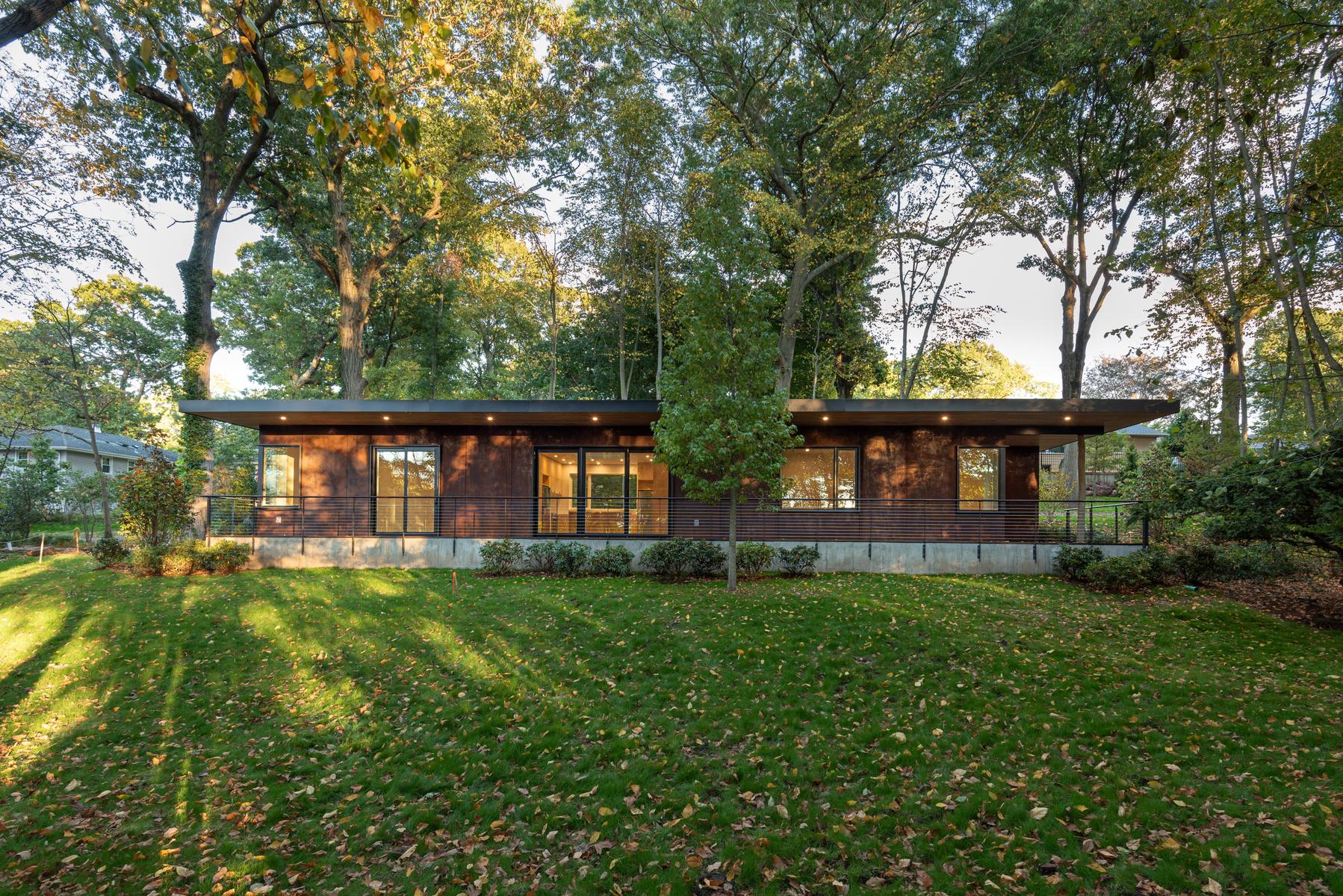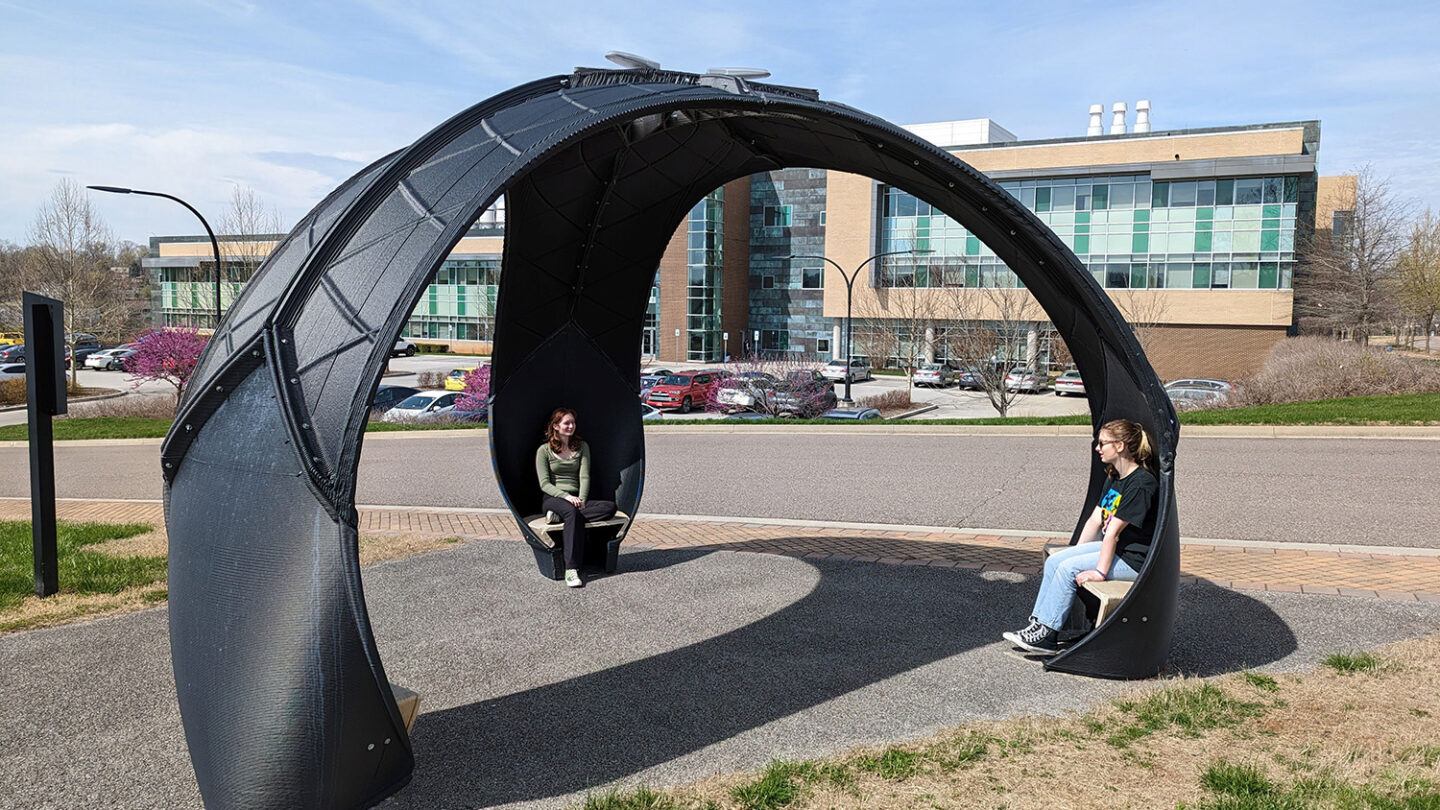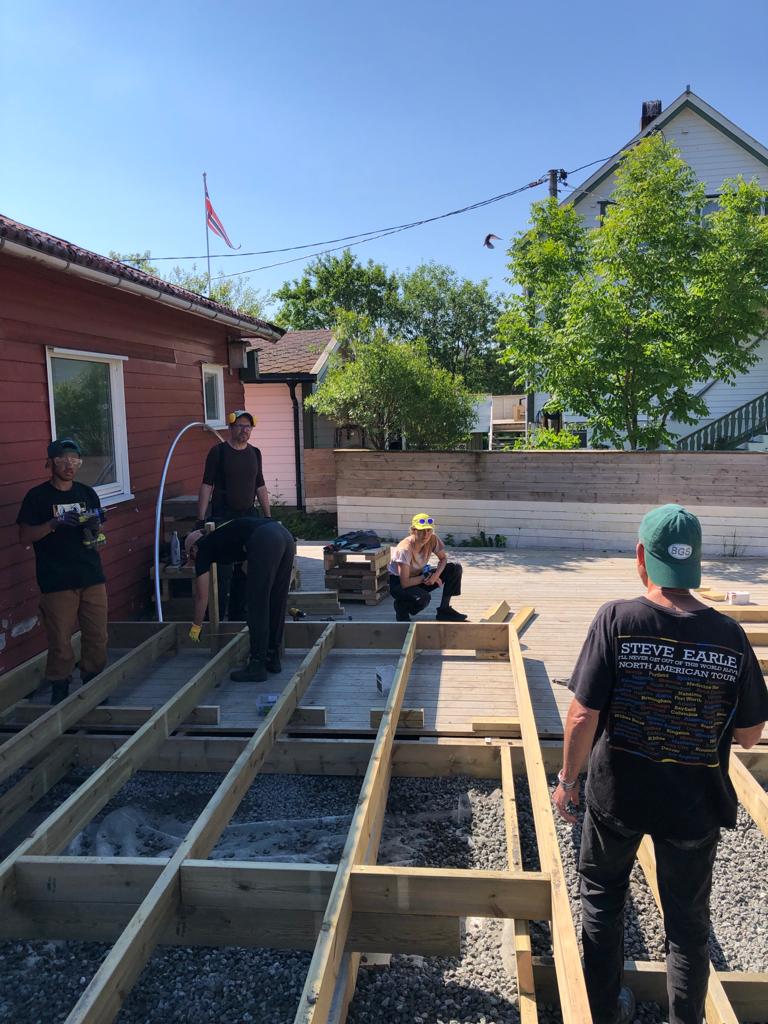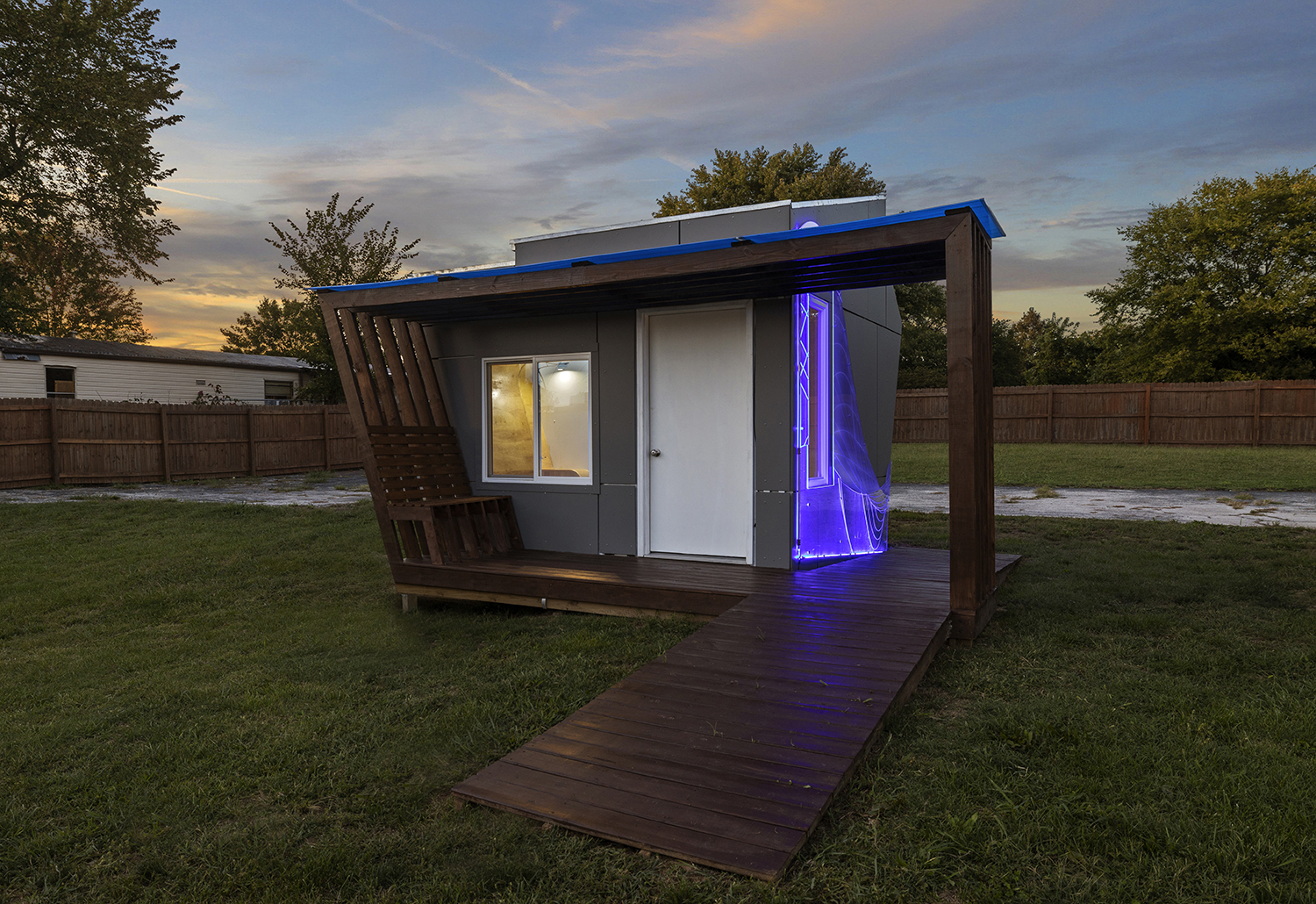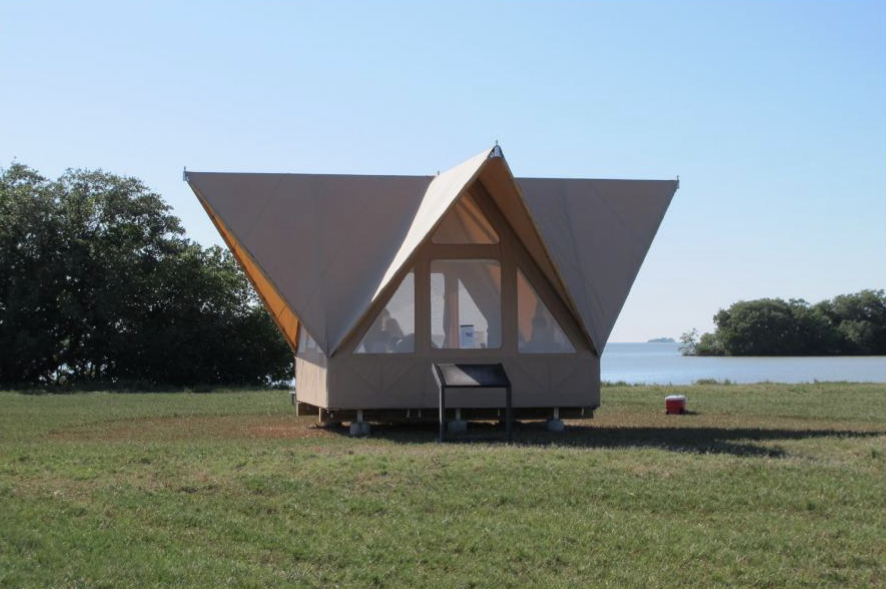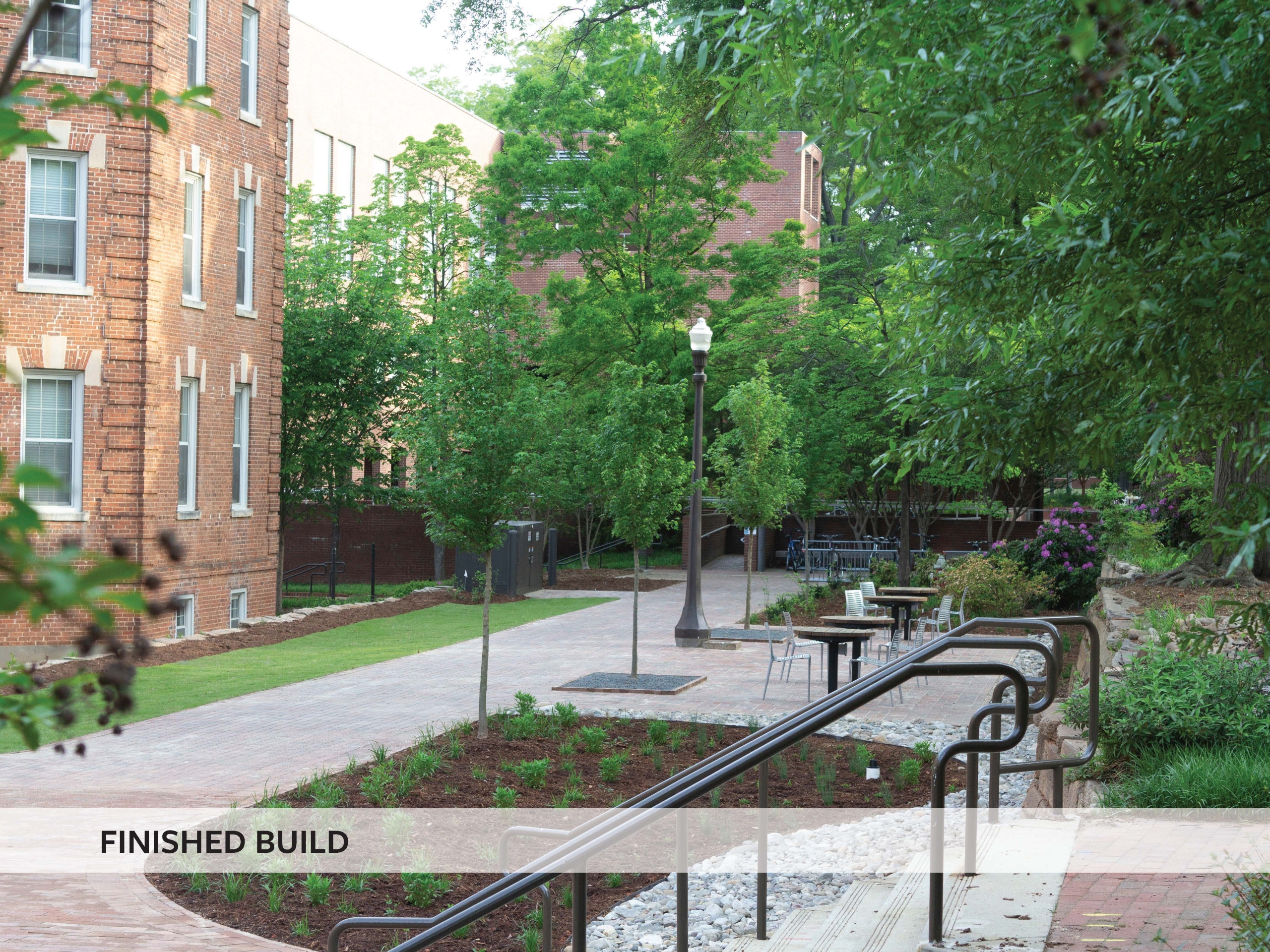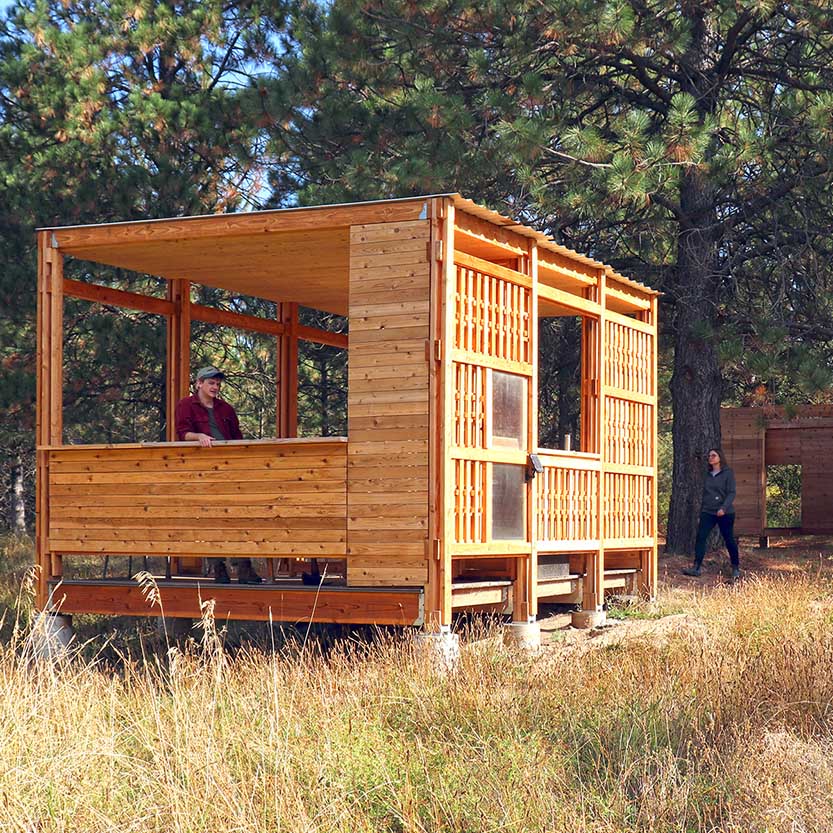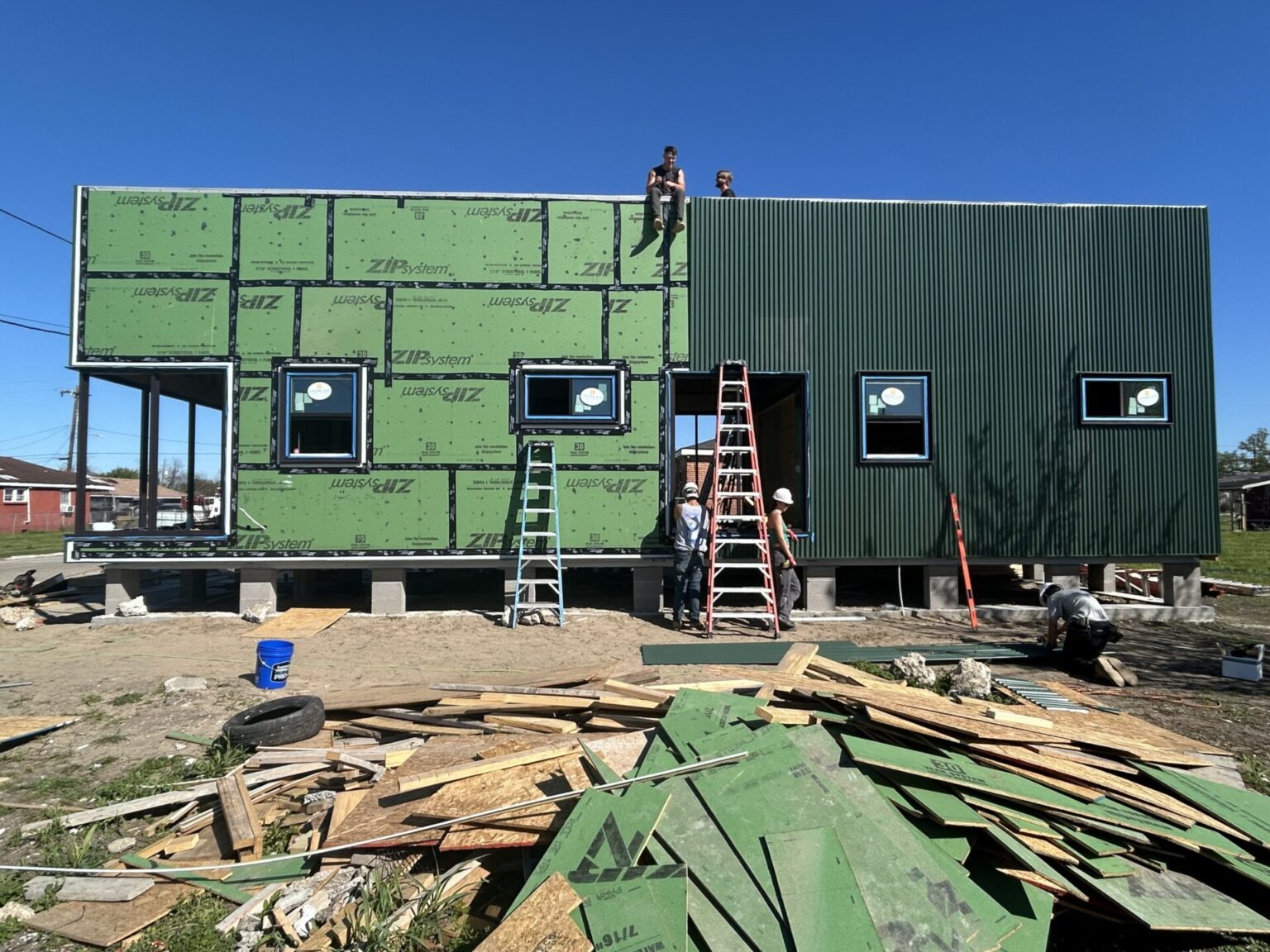#ModelMakers: Kash Awosika
Today’s edition of #ModelMakers features Kash Awosika, a B.Arch student at Drexel University. Scroll to learn more about Kash and her work:
Name:Kash Awosika
School: Drexel University
Degree Program: 2+4 Bachelors of Architecture
Year in School: 5th Year
Describe Your Design Style:I don’t have a definitive design style at the moment. As I’m still in school and finding my own tunes of design, I tend to be explorative in what I produce. To me, the best part about designing is the ability to engage with different forms of expression and allow for the concept or meaning to take hold and develop on its own. Though my style often adapts to the nature of each project, my design process typically remains the same. Starting with a basis of research – I find it to be important to have a solid foundation and understanding of a project’s context prior to initial design. From there, I want to understand the programming and it’s the ultimate relation to the site. Followed by Precedent studies, sketching, mass studies, sharing work for feedback and of course –
iterating on the design.
Share a Project You’re Proud of: The Grain | 4th Year Studio
Describe The Grain: The Grain is a timber hybrid high-rise building inspired by the texture and symbolism of wood. It serves as a multi-purpose educational and residential hub in Hudson Yards, NYC. Anchored in nature and growth, its design draws from the organic patterns of wood grain and the surrounding urban fabric—blending mass timber, steel, and concrete into a layered form. Like tree rings, its spatial circulation moves from focused learning at the core to collaborative, flexible spaces at the edges.
What Inspires You? Celebrating the small wins! It’s important to remember small accomplishments that continually push you towards a goal. The reminder of what you’ve done along the way truly goes a long way! As I progress in my education, realizing that I suddenly understand certain topics or can contribute towards a design initiative is quite exciting! Every moment in school, from critiques, group collaboration, self-study and learning to lean into my goals as a designer begins to come together. Architecture can take time, but the process of learning and applying that knowledge is truly inspiring.
What’s Your Student Superpower? Asking Questions! The greatest superpower that anyone can have is the ability to ask questions. In my time as a student and emerging professional, I’ve found this tip passed on to me by some important people in my life, to be quite impactful. Questions often
lead to answers, but it’s the process of uncovering those answers that can alter the way you approach design. Architecture is a profession that encourages communication, collaboration, and the ability to adapt. It is also a profession that often requires some form of mentorship or sharing of knowledge. Understanding what is being shared leads to having a foundation built upon Architectural comprehension.
Any hobbies? Photography!
You can find Kash on Instagram: @little_kash


